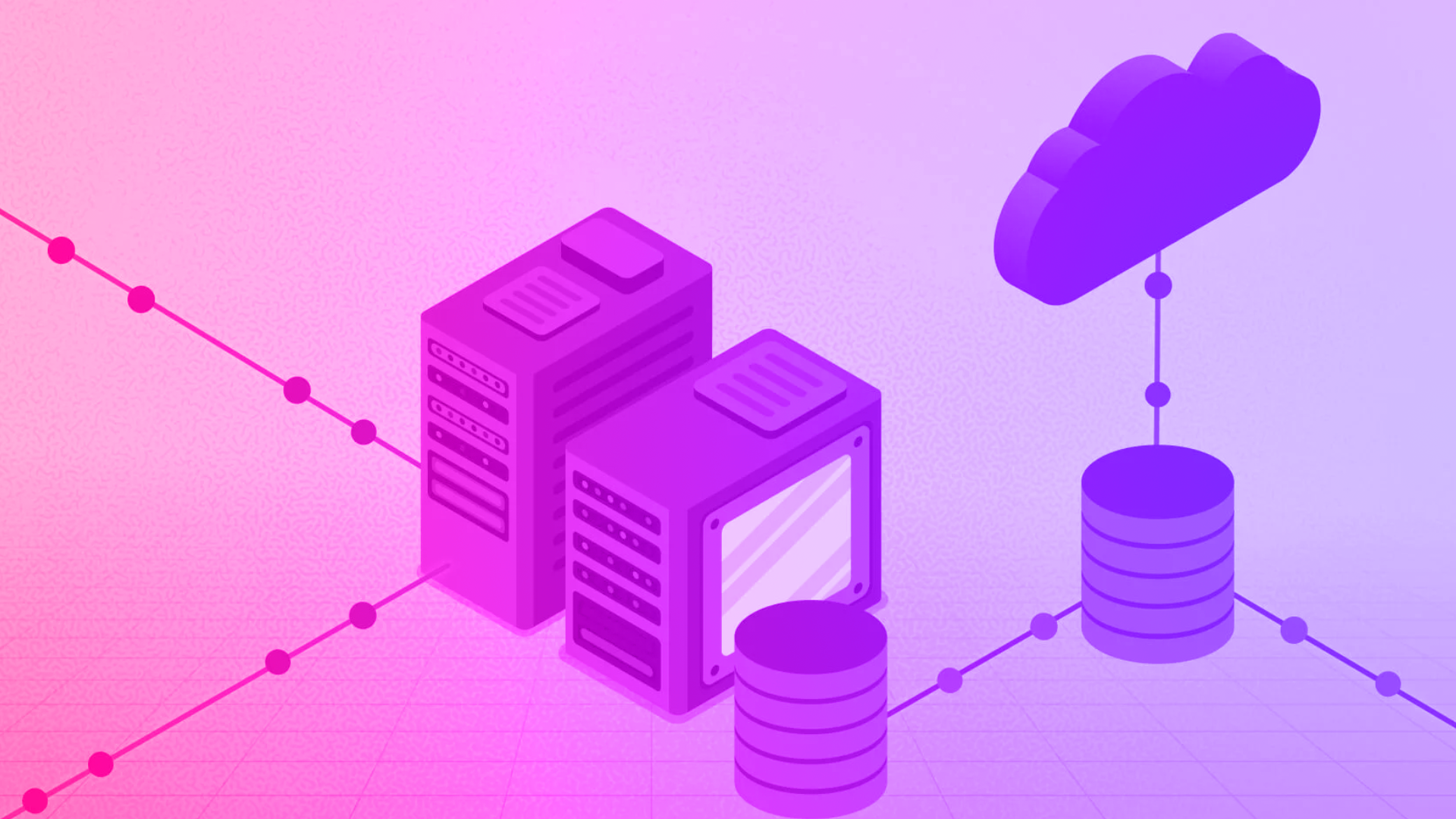In today’s world, organizations that have adopted the cloud ecosystem face two significant challenges: leveraging the power of cloud computing for innovation while ensuring strict adherence to different regulatory requirements. Achieving such a delicate balance takes work, and that is where this blog will help you. In this post, we will go through different cloud compliance frameworks along with their applications so that you can enjoy the benefits of the cloud and meet all the legal obligations simultaneously.
GDPR
General Data Protection Regulation (GDPR) is one of the most popular global cloud compliance frameworks despite being a European regulation. This is because its impact extends far beyond the European Union. GDPR has become a central consideration for any organization operating in the cloud.
The main application of GDPR is to ensure that personal data is handled responsibly and ethically. More importantly, it must comply with the highest data protection and privacy standards.
Failing to comply with GDPR can result in hefty fines, sometimes up to 20 million euros.
HIPAA
Health Insurance Portability and Accountability Act, or HIPAA, is a regulatory framework that ensures the privacy of an individual’s health records while engaging with a medical institution like a hospital.
HIPAA’s privacy and security rules apply to cloud-based systems that store and process healthcare data, including medical images and electronic health records. HIPAA requires healthcare providers to have written agreements with cloud service providers that outline how public health records will be handled.
The main application of HIPAA is to maintain the integrity of healthcare data.
SOC 2
Service Organization Control 2 is another widely recognized auditing standard that is more general and applicable to many service organizations. This framework was developed by AICPA or the American Institute of Certified Public Accountants.
SOC 2 audits and assesses the security and privacy controls implemented mainly by service organizations operating in the cloud. It ensures that customer data stored and processed in the cloud is adequately protected against unauthorized access and breaches.
Its primary application is to assess the availability of customer data without compromising integrity and confidentiality.
PCI DSS
Payment Card Industry Data Security Standard (PCI DSS) is a set of standards designed to ensure customers’ credit card data is handled securely. PCI DSS framework was created to protect cardholder information and, at the same time, reduce the risk of financial fraud.
Organizations that process payment card data and store it in the cloud must adhere to these requirements to ensure the safety of sensitive financial information. They must adopt robust security measures to protect cardholder data, including encryption. They must also adopt robust access control strategies and regularly conduct security assessments.
The main application of PCI DSS is to ensure that organizations that handle credit card data, such as E-commerce businesses and financial institutions, focus on the safety of sensitive financial information.
ISO 27001
ISO 27001 is a globally recognized standard. It falls within the ISO 27000 series focusing on Information Security Management Systems (ISMS). This framework provides a structured approach for organizations to establish and continually improve their information security management processes. Its main application ensures that organizations that store data in the cloud have robust information security practices, including data encryption, access controls, and risk management.
NIST
The National Institute of Standards and Technology is a framework that provides a comprehensive set of rules for cloud security, helping organizations assess and manage security controls in cloud environments. This framework’s guidance is beneficial for eliminating various security risks associated with cloud computing completely. This framework revolves around five fundamental functions: identification, safeguarding, detection, response, and recovery.
Wrap Up
In this post, we have taken a deep dive into various cloud compliance frameworks and their critical roles in achieving regulatory harmony. Navigating through these intricate layers of security standards can be daunting, particularly for those who are new to cloud and cloud security. This is where an expert like Cloudlytics can help. At Cloudlytics, we understand the multifaceted nature of cloud compliance. That is why we have been offering advanced cloud security solutions designed to address the unique challenges businesses face today. Our comprehensive suite of services is carefully designed to safeguard your cloud environments and ensure adherence to intricate regulatory requirements. Contact us now to learn more about us and how we can help.

